Apple's AR glasses have been a source of speculation for years, with patents dating back to 2015 and 2017 detailing AR-related software...
Apple's AR glasses have been a source of speculation for years, with patents dating back to 2015 and 2017 detailing AR-related software and hardware. But it wasn't until 2019 that it felt like Apple's highly-anticipated AR eyewear project would really happen as the rumor mill released more and more early information.
There was an outside chance that we could see the Apple Glasses during this year's WWDC 2021, though rumors have indicated we're still far from seeing a product released.
Industry analyst Ming-Chi Kuo initially said manufacturing of the AR specs would get underway at the end of 2019 or the start of 2020, according to money.udn.com, noting they would be reliant on a connected iPhone to do a lot of processing and connectivity. By mid-2020, a research note from Kuo surfaced that pushed back an estimated release date until 2022.
That said, another source has said that while they might not go on sale until then, they could be announced at an event in March 2021. The source added that they will apparently be called Apple Glass.
AR-enabled iGlasses have been swaddled in mystery given how little info has come out, and news even broke that Apple had scrapped its plan for AR glasses altogether. A report from Digitimes stated that supply chain sources had confirmed Apple disbanded its AR team. But a new patent appeared in late 2019 that reignited the potential of their existence.
Other sources meanwhile have said they're still coming but have been delayed by years, with an AR headset apparently landing in either 2021 or 2022, followed by AR glasses in 2023. The most recent rumor even suggested that Apple will release a pricey VR-focused headset first, potentially in 2022, with the AR-focused headset we presume to be the Apple Glasses following by 2023 at the earliest.
So there's a lot of confusion and debate around when or even if we'll get Apple glasses, but the latest leaks suggest they might be announced before too long, but won't hit stores until a lot later.
While you try and get your head around all that, let's take a look at all the Apple glasses leaks and rumors, as well as Apple's augmented reality background and why AR specs seemed like the next big move for the tech giant.
- AR isn't just for eyewear: here's why augmented reality is the future of smart toys
Cut to the chase
- What is it? A new Apple wearable, a pair of glasses using augmented reality tech
- When is it out? May be announced in 2020, but would hit stores later
- What will it cost? A source suggests $499 (roughly £410 / AU$765)
What will Apple AR glasses cost?
That’s a tough question, as there’s no real precedent for this sort of thing yet. The only rumor on that subject so far claims $499 (roughly £410 / AU$765) - not including any prescription charges.
Apple AR glasses hardware: the evidence, the patents and the specs
The biggest leak on that front has detailed a lot of things. According to Jon Prosser (a reliable leaker), the Apple Glasses will be called Apple Glass and will be capable of displaying information on both lenses, with a user controlling them via gestures both on and in front of the frames.
All the processing would apparently be handled by a connected iPhone, and Apple Glass supposedly wouldn't have conventional cameras but would have a LiDAR scanner to power AR experiences.
Other details from the source include that there apparently won't be a sunglasses version, as the display doesn't work with tinted lenses, that observers won't be able to tell the lenses are displaying anything, and that the frame - at least in a prototype - is made from plastic.
The same source also said that Apple is experimenting with a special Steve Jobs Edition version of the glasses. That would act like an Apple Watch Edition where the company sells a certain style of its product for a higher price.
Another source for Apple leaks - Mark Gurman at Bloomberg - has also said the previous information isn't correct though, so take all of this with a big pinch of salt. A later report from him cites sources claiming the AR glasses are still in very early development and won't come out until at least 2023, but will be preceded by an Apple VR headset that could come in 2022.
Beyond that, Apple has been busy picking up companies with an interest in AR, which suggests it's prepping a product of its own – and recently Cook said that Apple had several new products in the pipeline that could "blow you away".
We've also seen a bunch of Apple patents appear recently, explaining how specially-designed lenses could be used to cast images on a user's eye, and how a touchscreen surface (like an iPhone or an iPad) could be used as a controller.
One patent points to glasses with adjustable opacity, which might help add focus to a video, for example, or aid visibility on a particularly bright day.
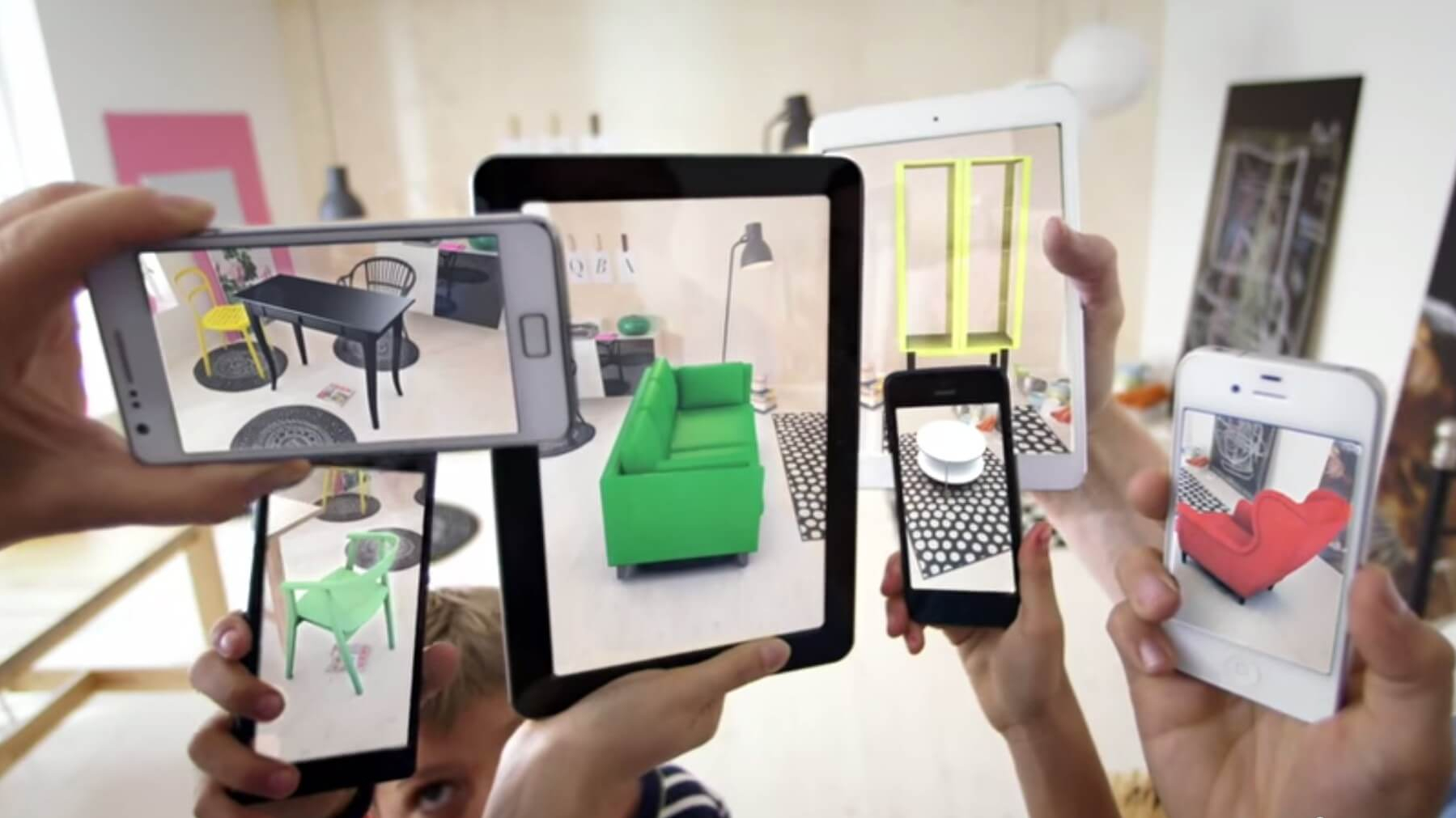
Apple also filed a patent for a catadioptric optical system – a series of lenses designed to project images into a user’s eyes – in early February this year.
In fact, Apple has been granted 53 patents, covering its AR wearable, 3D mapping technology, and a more intelligent iPhone Home screen, amongst others, as discovered by Patently Apple.
Perhaps most telling of all is a leaked injury report out of Apple’s Cupertino headquarters, which suggests Apple is working on a “prototype unit” which has resulted in eye injuries for two users.
Apple has also made a number of key AR talent hires over the years. According to a report from Bloomberg, Apple has poached a leading employee of Nasa for the project, hiring Jeff Norris, founder of the Mission Operations Innovation Office of Nasa's Jet Propulsion Lab.
He is said to be working as part of an augmented reality team being headed up by another poached talent, Dolby Labs executive Mike Rockwell.
That team is apparently 1,000 people strong, and the AR glasses they're working on are said to have a high-resolution display, cameras, 3D scanning, and "advanced human detection". They're also apparently working on an AR headset, which could launch first with a design like the Oculus Quest, but a lightweight, comfortable build.
In May 2020, Apple confirmed it had acquired NextVR, a startup that produced virtual reality content from the likes of the NBA and Fox Sports. While it's unclear how this could impact the Apple AR Glasses, it's logical the startup's expertise will contribute to product design in some way.
While the glasses weren't announced during the iPhone 12 launch in October 2020 as was rumored, we did hear a rumor from display expert Ross Young that they'd use Sony half-inch microOLED displays with 1280 x 960 resolution, combining for a pixels-per-inch (ppi) density over 3000.
I should clarify that this is AR only. It will use projection optics inside the glasses.October 22, 2020
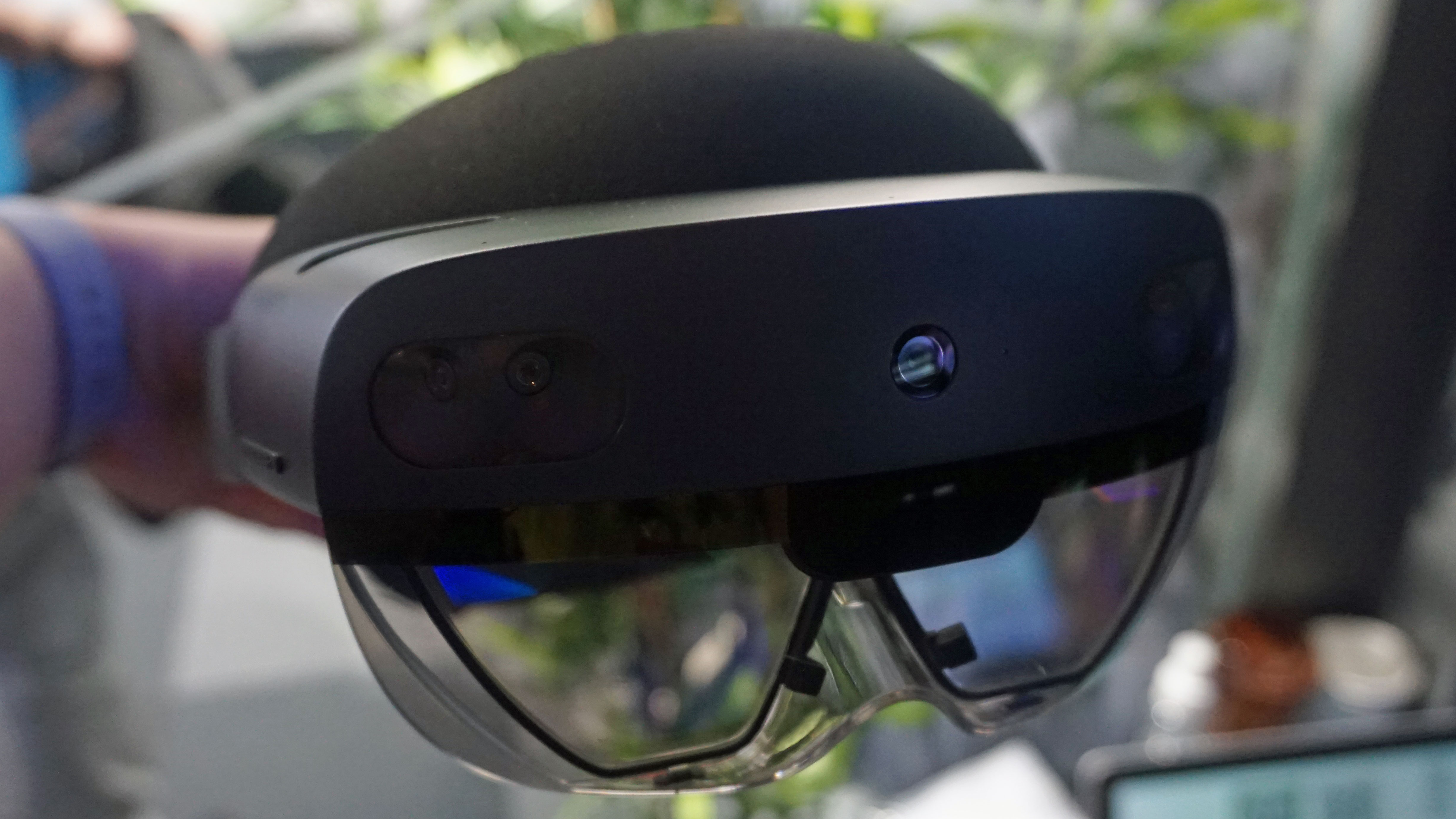
What is augmented reality?
You're familiar with the concept of virtual reality, right? Popping on a headset and having software transport you to an interactive, 360-degree, left, right, up, down, all-encompassing virtual world?
Augmented reality works a bit like that but with one big difference. Rather than giving a window into an invented world, it uses either screens or transparent lenses to place digital items on top of the real world around you.
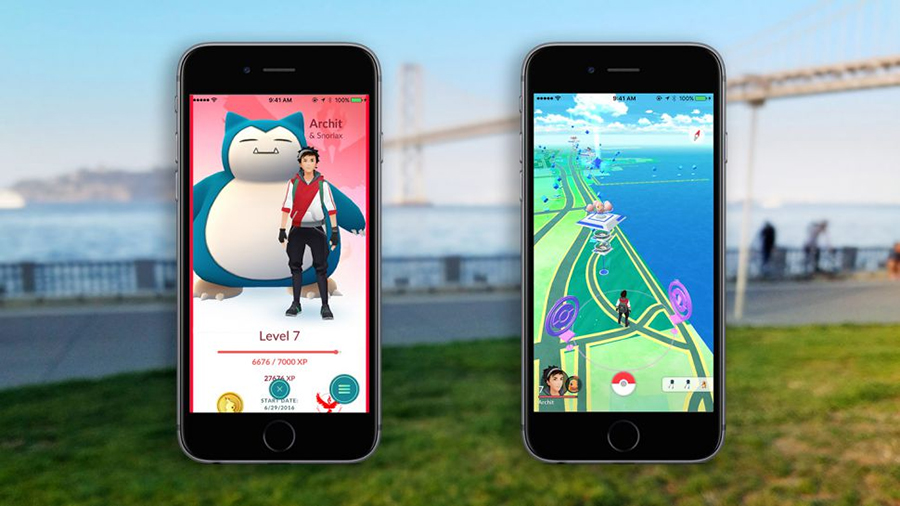
The most popular example of this in action would be the lenses and filters available on Instagram and Snapchat – the ones that make it look like you have a squashed face, a dog's tongue or hearts coming out of your eyeballs.
Another great example of well-executed and mainstream AR is Pokémon Go which puts Pikachu and co into your world through a combination of your phone’s camera and screen.
Both see your real world 'augmented' by software on your smart device. Essentially, AR lets you get context sensitive digital information overlaid onto your real world surroundings – look at a subway station and get train times automatically displayed, for instance, or walk down the aisles of a food store and have the specs recommend a recipe. The applications could be exciting and used for games and entertainment or just extremely boring and extremely practical.
Augmented reality could also get a significant boost thanks to the advent of 5G. In fact, many believe 5G could prove instrumental to augmented reality finally hitting the mainstream – at least for those in the UK.
- Securing the new reality: why AR and VR security should be a top priority
What is Apple ARKit?
First launched back in 2017, ARKit was Apple's way of sticking its flag down into the augmented reality landscape, an attempt to claim the space as its own.
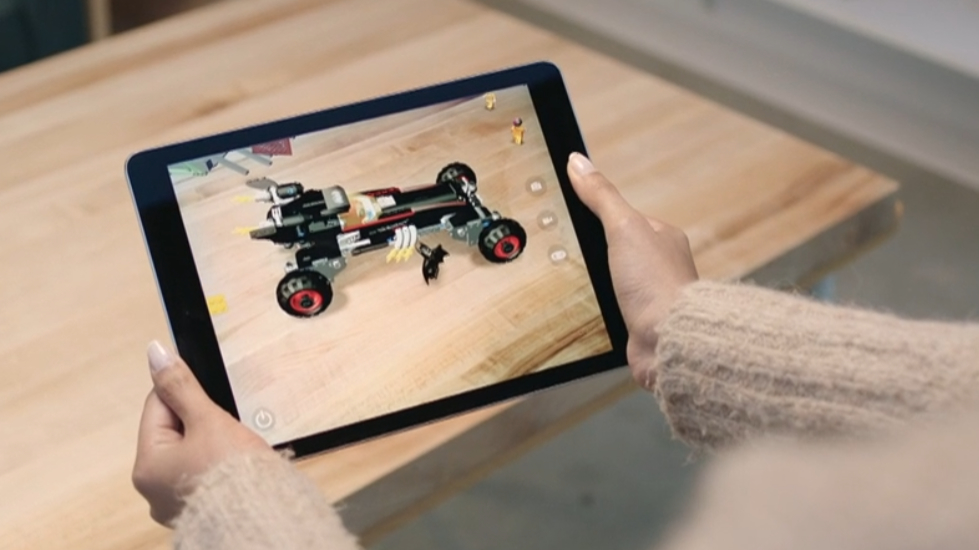
First revealed at WWDC 2017, ARKit is a new set of APIs to let developers build augmented reality applications for Apple devices. They can now create apps that use the cameras, processors and sensors in your iPhone or iPad and use this information to overlay virtual objects onto the real world.
It's now in its third version, with the latest iteration arriving with iOS 13 in September 2019.
Users don't necessarily know that an app has been created with ARKit – there's no label – but they'll see a fun, AR experience. For example, the IKEA app allows you to hold up your iPhone and 'preview' how furniture will look.
- Forget virtual and augmented – what's mixed? Here's why HTC sees mixed reality as the next “disruptive technology” after smartphones
Why would Apple make AR glasses?
Apple ARKit is already bringing augmented reality to the forefront of consumer technology – but it's just a platform. It's long been suggested that the real future of Apple’s augmented reality road map would be AR glasses.
After all, Apple’s in need of a new product category. The last time the tech giant launched an inarguably successful new product line was the iPad – and even that has proved difficult to maintain momentum in.
AR is an exciting new area, and one in which Apple (at least in hardware terms) wouldn’t have much competition in, at least in the present with a mainstream and consumer focus.

Tim Cook has sung the praises of AR tech, going so far as to say augmented reality use will become as common as "eating three meals a day".
"A significant portion of the population of developed countries, and eventually all countries, will have AR experiences every day," he said during the 2016 Utah Tech tour, before casting shade on VR.
"I can't imagine everyone in here getting in an enclosed VR experience while you're sitting in here with me," said Cook to those assembled for the Utah talk.
"AR is going to take a while, because there are some really hard technology challenges there," he added.
"But it will happen, it will happen in a big way, and we will wonder when it does, how we ever lived without it. Like we wonder how we lived without our phone today."
- 5G is on its way: here's how 5G could make augmented reality mainstream
Who's the AR glasses competition?
Right now, there are a number of augmented reality glasses already on the market from companies like Vuzix, Epson and Vue. But many of them are reserved for enterprise use (in big businesses), are being used by developers or have been built for a rather niche purpose.
There are also mixed reality headsets, like the Microsoft Hololens 2, which sits somewhere between VR and AR. As well as one of the most exciting AR headsets, the Magic Leap One.
The main difference between these devices and the promise of AR glasses made so infamous by Google Glass, is AR glasses were tipped to be smaller, slimmer and could easily be mistaken for regular glasses. The Magic Leap One is an extraordinary piece of kit, but not exactly what Apple would have in store with AR specs.
There could also be mounting competition from other big tech giants. For example, in July, details were leaked about a patent, which suggests Samsung might be working on its own pair of AR specs.
Spotted by Patently Apple, the filing shows a fairly standard design for a pair of glasses with added smarts on board. They're going to be foldable, apparently, so you can pop them in your pocket when you're not being wowed by AR.
What's more, according to a patent filed by Huawei at the World Intellectual Property Organization (and spotted by LetsGoDigital), the company is experimenting with a pair of AR glasses that are lightweight but only work when you insert your smartwatch into them.
It's also not a surprise to hear that Facebook, which owns Oculus, has also been rumored to be working on its own AR eyewear.
According to a 2017 patent, Facebook's AR glasses could use a ‘waveguide display' to combine computer graphics with the real world – essentially an advanced method of giving the illusion of depth on specs right in front of your face.
Based on the patent images, the AR glasses could look just like a regular pair of glasses, which means there will be lot of complex, miniaturized technology to get right before they can be released.
This means Apple may not be releasing its own AR glasses anytime soon, but its competitors might be just a year or two away.
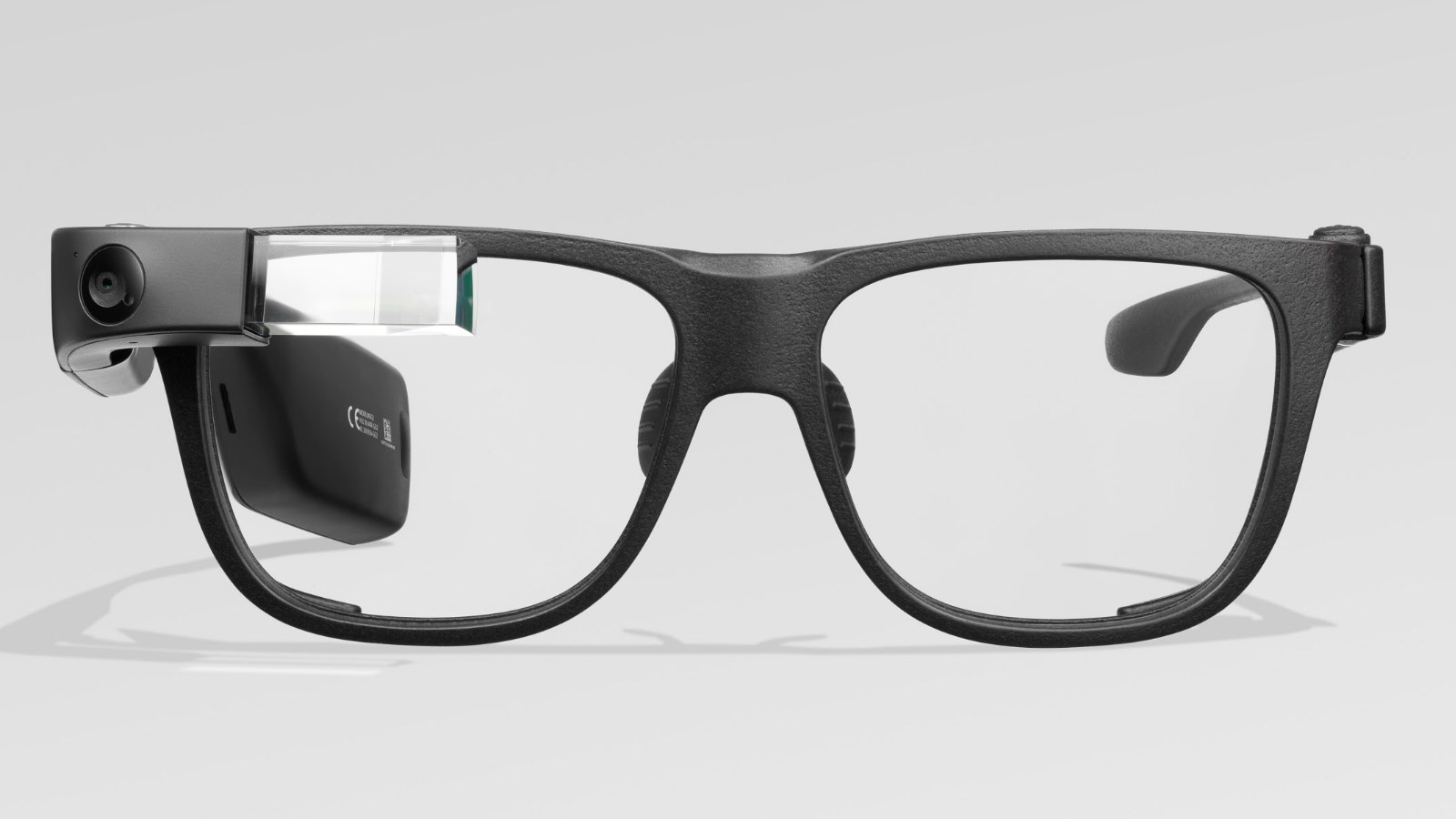
Of course we can't talk about AR specs without mentioning the legacy of Google Glass. These advanced smart glasses were tipped to change everything, from tech to the way we live, by overlaying layers of information onto the real world. But thanks to public perception, financial problems and design challenges they never fully materialised – apart from for a small number of developers and testers.
Well, at least not how they were meant to. Google Glass is still around, but exists as the Glass Enterprise Edition aimed at business use.
Although the troubled story of Google Glass may sound like a bit of a failure (at least when it comes to consumer traction), it actually taught tech companies a great deal about building AR, tech-enabled eyewear and the challenges of bringing a whole new product category to market.
- Goodbye smartphone, hello augmented reality: check out our guide to augmented reality of the future
from TechRadar - All the latest technology news https://ift.tt/3c1qhuv
via IFTTT










COMMENTS